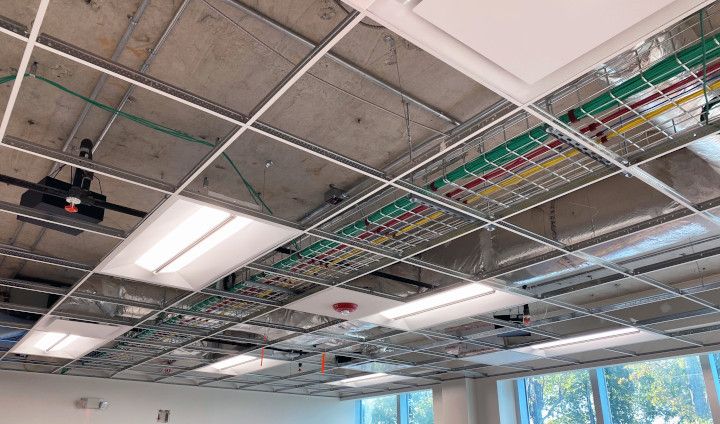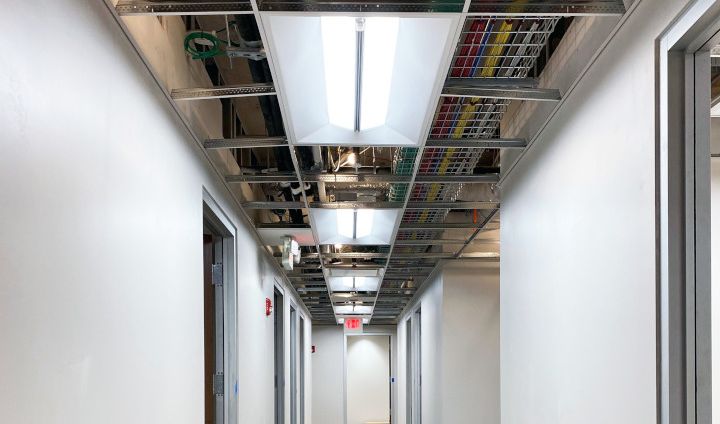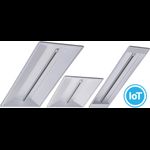Breadcrumb Navigation
- Applications
- Case Studies
- United Way of Central Alabama
United Way of Central Alabama
As one of the largest United Way chapters in the country, UWCA continually leverages technology to improve their overall operational efficiency. When it came to a new 40,000-square-foot expansion project, they turned to the manufacturer who had product ready to ship – Cree Lighting.
- Opportunity
- Solution
- Benefit
Organized in 1923, United Way of Central Alabama (UWCA) has a rich history in helping neighborhoods and communities in the region. As one of the few United Way chapters in the nation that provides direct services to its community, UWCA raises over $97 million annually to support more than 200 programs and initiatives focused on ensuring quality education, financial stability, health and access to vital emergency services. As one of the largest United Way chapters in the country, UWCA continually leverages technology to improve their overall operational efficiency.
With the help of technology solutions provider Continuity Consulting, UWCA began exploring intelligent lighting options, including Cree Lighting’s SmartCast® Intelligence Platform, for its new 40,000 square-foot expansion project.





